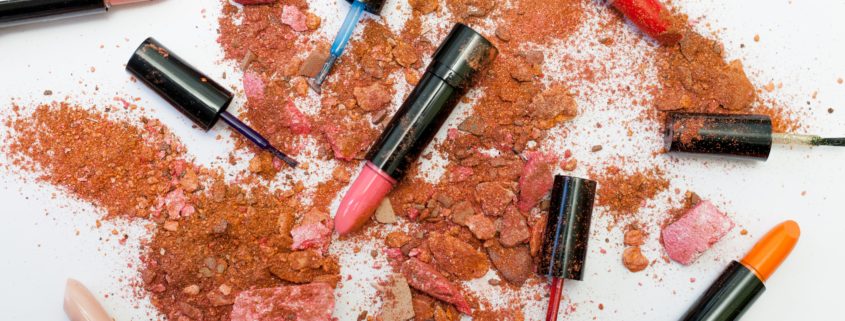Talc in cosmetics - What is it doing there?
What is talc?
The talc is a mineral called steatite, which is the main constituent of the soapstone. It has the chemical formula Mg3 [Si4O10 (OH) 2], the so-called magnesium silicate hydrate. It is a fairly common mineral, with the Moh's hardness 1 (with the fingernail rubbed). It is thus very soft, and is considered to be the softest mineral on the Moh's scale. [1]
Where is talc used?
Talcum is used in many industries as fillers and lubricants, in foods as release agents, and in cosmetics as the basis for powders. In electrical it is used as insulation for cables or in security applications. It has been used in baby powder for a long time, until it was replaced by diapers with absorbent material. As soapstone, it is used in plastic art, since it is very easy to work.[2]
How dangerous is talc?
Talc has been used for different things since ancient times. In the 1960s it was sold industrially for all sorts of uses. So it was around 1980 also very prominent in baby puzzles. These were replaced by absorbent diapers, not least because many deaths and illnesses of infants and children were due to the use of baby puzzles with talc. Inhalation of talc can cause pneumonia caused by particulate matter accumulation. A direct risk of cancer is not yet clearly present, however, fibrous talc has similar effects on the lung as asbestos. On the skin, talcum particles larger than 100μm can also come to so-called granulomas. These become problematic especially with open wounds. In addition, it has been proven that women who use talcum powder more frequently in the genital area have a 40% higher risk of developing ovarian cancer. [3]
Are there alternatives ?
Alternatives to talc are e.g. Cornstarch, rice flour and baking powder. Moist organic media, however, provide a good breeding ground for mushrooms, especially yeast. The baby powder has already been replaced, and the industry has strict rules regarding protective equipment. Cosmetic products are also already from the talc. The talc itself, however, is not toxic. It is harmful as fine particulate matter, harmful to the inhalation, but does not present the danger of inhalation, such as e.g. in creams with bound talcum, so it is actually harmless. One should generally avoid inhaling any powder, as this actually poses the danger.[4]
Sources and information to read:
Wikipedia[1][2][3][4]




Leave a Reply
Want to join the discussion?Feel free to contribute!